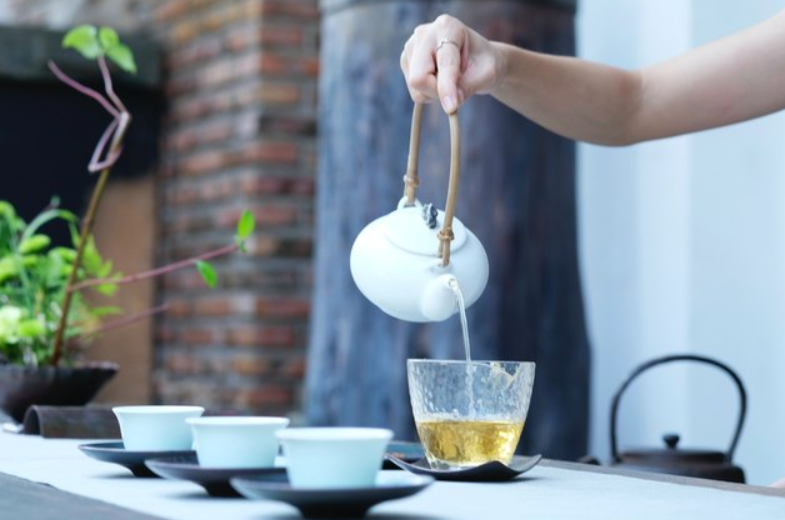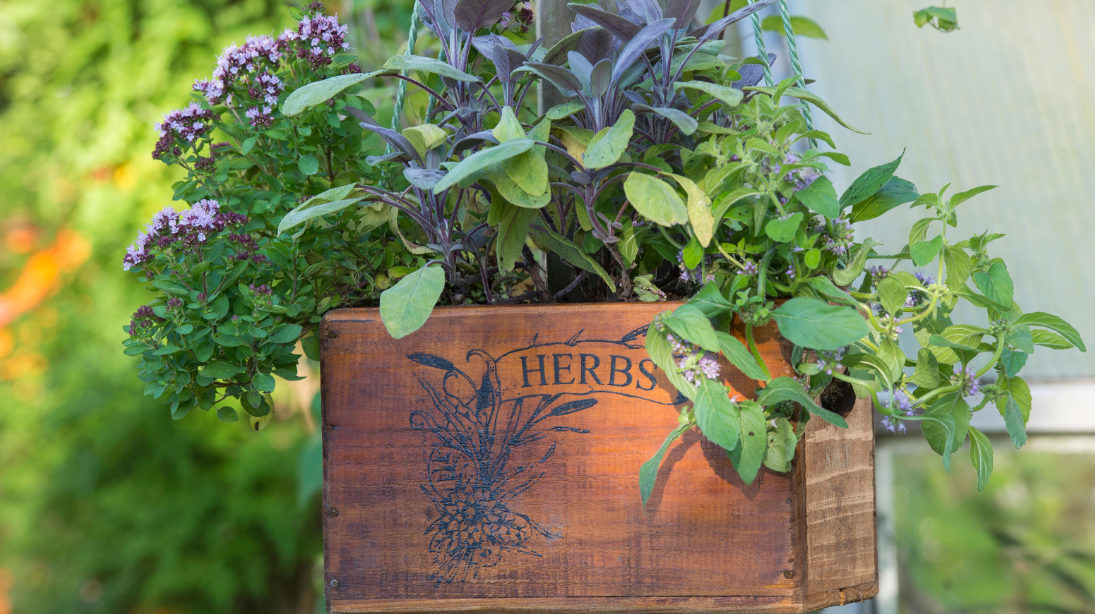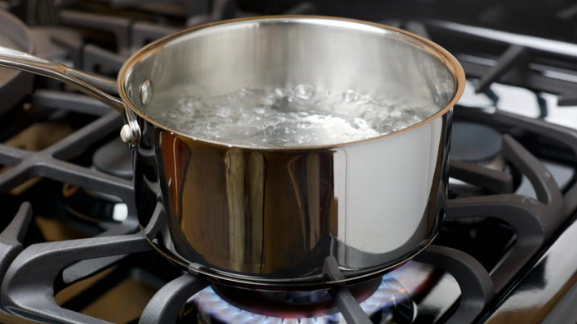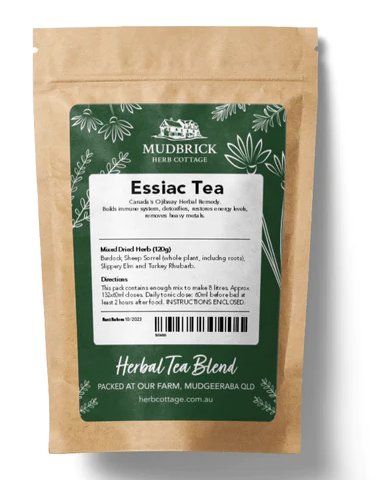Essiac tea has long been the subject of intrigue and fascination, with its purported health benefits drawing the attention of alternative health enthusiasts and the curious alike.
As a naturally derived herbal blend, Essiac tea has a rich history and a loyal following of devotees who swear by its restorative properties. If you’re eager to explore the world of Essiac tea and learn how to craft your batch at home, you’ve come to the right place.
In this comprehensive guide, we’ll dive deep into the origins of Essiac tea, unpack its key ingredients, and walk you through the step-by-step process of preparing this potent elixir in your kitchen.
Whether you’re seeking a natural way to support your overall well-being or simply curious about trying something new, learning how to make Essiac tea can be a rewarding and empowering experience.
The Fascinating History of Essiac Tea
The story of Essiac tea is steeped in mystery and intrigue, with its origins tracing back to the early 20th century and a Canadian nurse named Rene Caisse.
In the early 1920s, Caisse learned about a Native American herbal remedy that was rumored to have helped a patient recover from breast cancer.

Intrigued by this anecdote, Caisse began researching and experimenting with the herbal blend, ultimately developing what would become known as the Essiac formula.
The Essiac tea recipe consists of four primary ingredients: burdock root, sheep sorrel leaves, slippery elm bark, and Turkish rhubarb root. Caisse combined these herbs and began administering the tea to cancer patients, often free of charge.
Despite facing legal challenges and opposition from the medical establishment, Caisse continued to provide Essiac tea to her patients, gaining a loyal following and widespread public interest.
Caisse’s dedication to the Essiac tea formula and her unwavering belief in its potential health benefits earned her the nickname “Nurse Caisse.” She collaborated with Dr. Charles Brusch, a physician, to further study and promote the herbal remedy.
While many people reported positive outcomes from using Essiac tea, the scientific evidence supporting its efficacy remains inconclusive.

The Key Ingredients in Essiac Tea
The Essiac tea formula is a harmonious blend of four powerful herbs, each contributing unique properties and potential health benefits:
- Burdock Root: Known for its detoxifying properties, burdock root is believed to support liver health and aid in the elimination of toxins from the body.
- Sheep Sorrel Leaves: These leaves are rich in antioxidants and are often associated with potential anti-inflammatory and immune-boosting effects.
- Slippery Elm Bark: Slippery elm bark is prized for its soothing and anti-inflammatory properties, making it a valuable addition to the Essiac tea blend.
- Turkish Rhubarb Root: Although the scientific evidence is limited, Turkish rhubarb root is included in the Essiac formula for its potential health benefits.
When combined, these four herbs create a unique and potent blend that has captivated the attention of health enthusiasts for decades. While the exact proportions and preparation methods may vary, understanding the role of each ingredient is crucial for crafting a high-quality batch of homemade Essiac tea.
How to Make Essiac Tea at Home
Making Essiac tea at home is a straightforward process, but it does require a bit of time and attention to detail.

Here’s a step-by-step guide to help you create your own batch:
Gathering the Ingredients
To make Essiac tea, you’ll need the following ingredients:
- 6 1/2 cups (1 pound 5 ounces or 767 g) of burdock root, cut and sifted
- 1 pound (450 g) of powdered sheep sorrel leaves
- 4 ounces (120 g) of powdered slippery elm bark
- 1 ounce (30 g) of powdered Turkish rhubarb root
This mixture is enough to make 20 gallons (75 liters) of concentrated Essiac tea, which can then be diluted and enjoyed.

Creating the Herbal Blend
- In a large bowl, combine the Turkish rhubarb root and slippery elm bark. Gently mix them.
- Add the 1 pound of powdered sheep sorrel leaves to the mixture and stir until evenly distributed.
- Finally, incorporate the 6 1/2 cups of cut and sifted burdock root into the blend, ensuring it’s thoroughly mixed.
- Store the herb mixture in a clean, airtight glass container. The blend will remain usable for up to 1 year.
Brewing the Concentrated Tea
- Bring 2 gallons (7.5 liters) of unchlorinated water to a vigorous boil in a large stockpot.
- Add 1 cup (90 g) of the Essiac herb mixture to the boiling water.

- Cover the pot and let the tea boil for 10 minutes.
- Turn off the heat and allow the tea to steep for 12 hours at room temperature.
- Reheat the tea until it’s steaming hot (but do not boil it a second time).
- Let the tea settle, then strain it into clean glass jars or bottles. Refrigerate the concentrated tea.

Serving and Storing Essiac Tea
- To serve, pour 1 to 2 fl. oz. (1/8 to 1/4 cup) of the concentrated Essiac tea into a mug.
- Add hot water to dilute the tea to your desired strength.
- Drink Essiac tea on an empty stomach, sipping it slowly and holding it in your mouth for better absorption.
- Store the refrigerated Essiac tea in a cool, dark place to maintain its potency.
- Discard the tea if it develops a sour taste or white mold.
Remember, the key to a successful Essiac tea experience is attention to detail and following the recipe precisely. By adhering to these steps, you can create a batch of this potent elixir that’s both flavorful and potentially beneficial to your overall well-being.
How to Make Fig Leaf Tea for Diabetics?
Potential Health Benefits of Essiac Tea
While the scientific evidence on the efficacy of Essiac tea is still an ongoing debate, many people have reported various potential health benefits from consuming this herbal concoction. Here are some of the commonly attributed advantages:
- Antioxidant Properties: The herbs in Essiac tea, such as burdock root, sheep sorrel leaves, slippery elm bark, and Turkish rhubarb root, are rich in antioxidants. These compounds help neutralize free radicals and protect cells from oxidative damage.
- Immune System Support: Some proponents suggest that Essiac tea may enhance immune function, as the combination of herbs is thought to stimulate the immune system.
- Detoxification: Essiac tea is often associated with detoxifying effects, particularly due to the inclusion of burdock root, which is believed to support liver function and assist in eliminating toxins from the body.

Image Credit: Herb Cottage - Anti-Inflammatory Effects: Slippery elm bark and burdock root have anti-inflammatory properties, which may help reduce inflammation and promote overall well-being.
- Cancer Support: Essiac tea gained popularity due to its association with cancer treatment, although the scientific evidence remains limited. Some people use it as a complementary therapy alongside conventional cancer treatments, although it’s crucial to consult a healthcare professional before doing so.
- Digestive Health: The herbs in Essiac tea may have mild laxative effects, potentially aiding digestion and promoting regular bowel movements.
- Pain Relief: Some individuals report reduced pain and improved quality of life after consuming Essiac tea, although individual responses can vary.
It’s important to note that while Essiac tea has a long history of use, rigorous clinical studies are still lacking. Always consult your healthcare provider before incorporating any herbal remedy into your routine, as individual responses and potential interactions can vary.
Precautions and Considerations
While Essiac tea is generally considered safe when consumed in moderation, it’s essential to be aware of potential side effects and take necessary precautions. Here are some important considerations:
- Allergic Reactions: Some individuals may be allergic to one or more of the herbs in Essiac tea. Monitor for any signs of allergic reactions, such as skin rashes, itching, or difficulty breathing. Consult a healthcare professional if you have known allergies to any of the ingredients.
- Digestive Upset: Essiac tea can have mild laxative effects due to the burdock root and slippery elm bark. Start with a small amount and observe how your body responds, as some may experience stomach discomfort or diarrhea.
- Drug Interactions: Essiac tea may interact with certain medications, especially those affecting the liver or immune system. Consult your doctor if you’re taking any prescription drugs.
- Pregnancy and Breastfeeding: Pregnant or breastfeeding individuals should avoid Essiac tea due to the limited safety data. Always consult a healthcare provider before using herbal remedies during these delicate life stages.
- Kidney Stones: The sheep sorrel leaves in Essiac tea contain oxalates, which can contribute to kidney stone formation. If you have a history of kidney stones, use Essiac with caution and under medical supervision.
- Cancer Treatment: While some cancer patients use Essiac as a complementary therapy, it’s crucial to discuss this with your oncologist. Essiac should never replace conventional cancer treatments.
- Quality and Preparation: Ensure you obtain high-quality herbs from reputable sources, and follow the preparation instructions carefully to maintain consistency and potency.
- Duration of Use: Long-term use of Essiac tea is not well-studied. Consider periodic breaks or consult a healthcare professional for guidance on the appropriate duration of use.
Remember, Essiac tea is not a substitute for professional medical advice. Always prioritize your health and safety by consulting a qualified healthcare provider before incorporating any herbal remedy into your routine.

Conclusion
Essiac tea has captivated the attention of health enthusiasts for decades, with its rich history and potential health benefits.
By learning how to craft your batch at home, you can embark on a journey of self-discovery and potentially unlock the restorative powers of this unique herbal blend.
Whether you’re seeking a natural way to support your overall well-being or simply curious about exploring alternative health practices, making Essiac tea can be a rewarding and enlightening experience.
Remember to approach it with an open mind, a bit of patience, and a commitment to your health and safety.